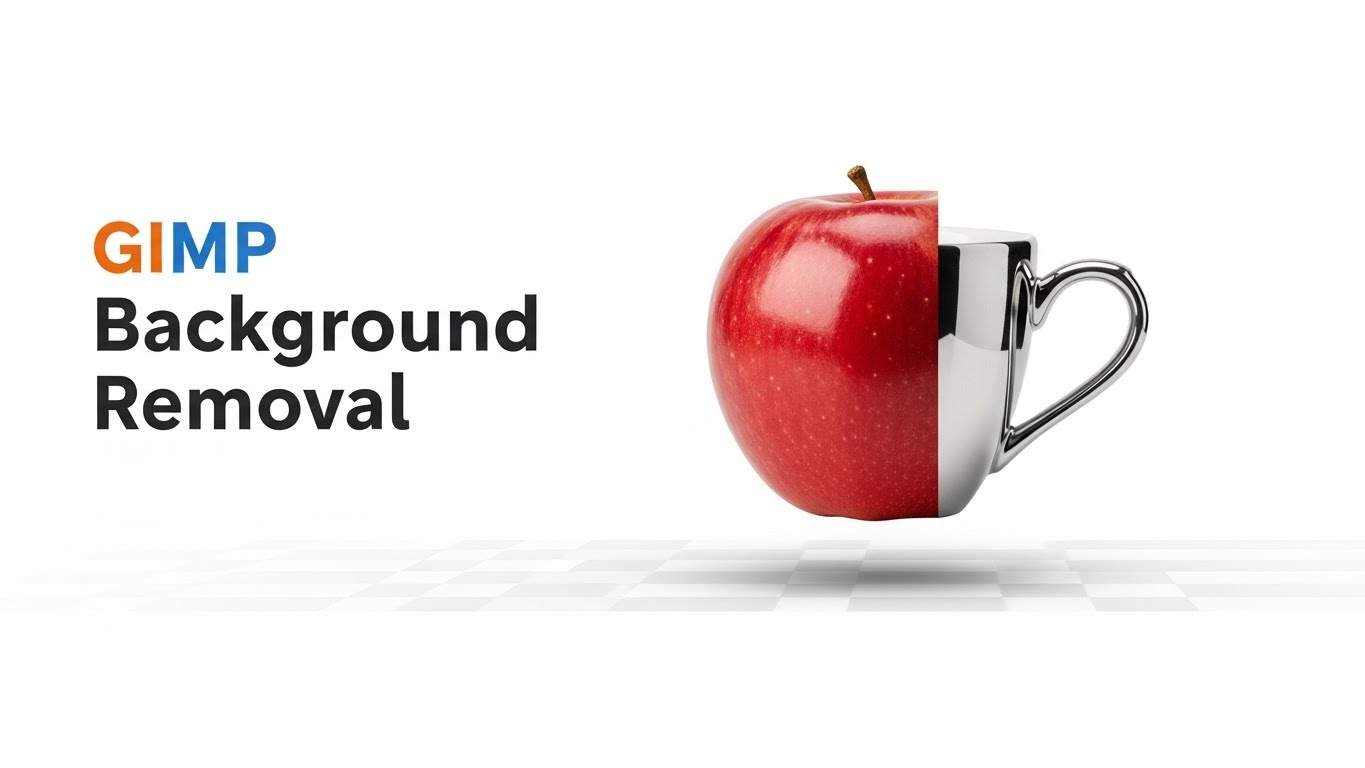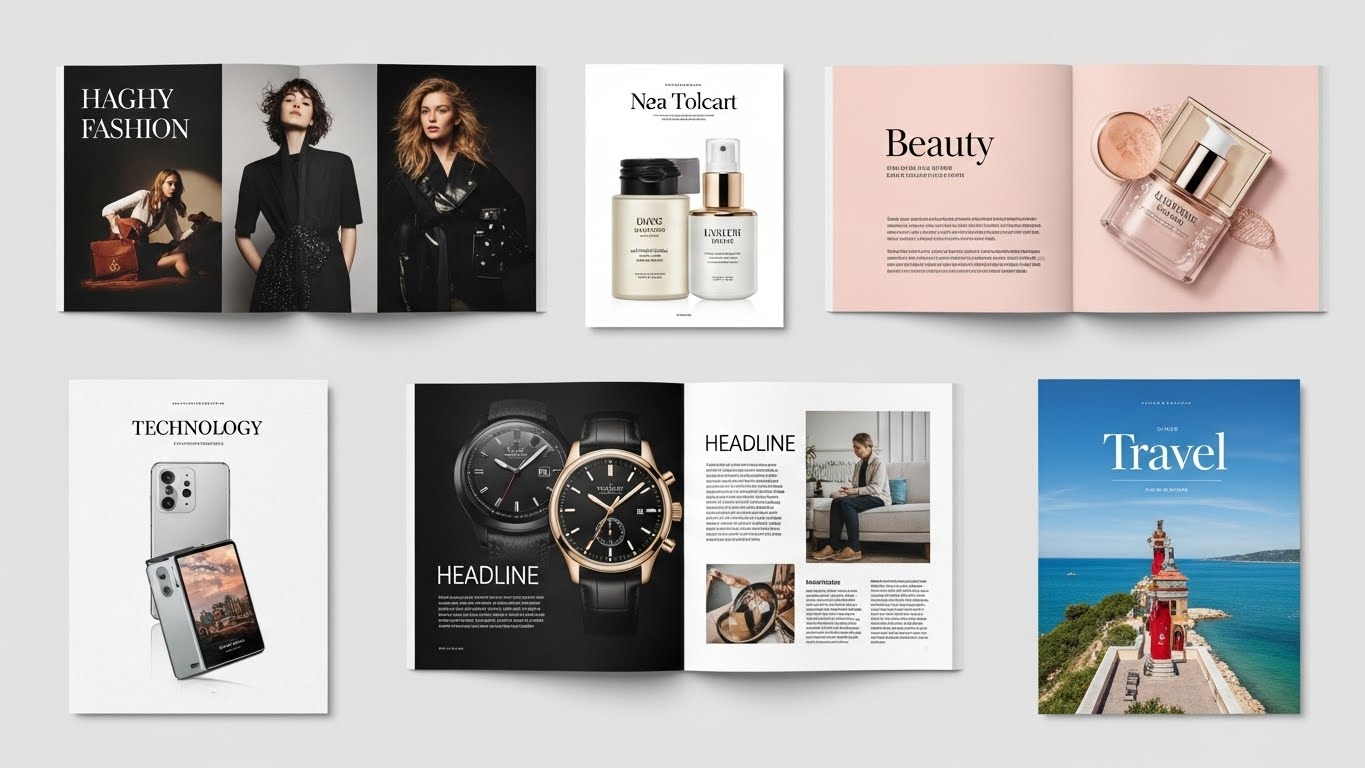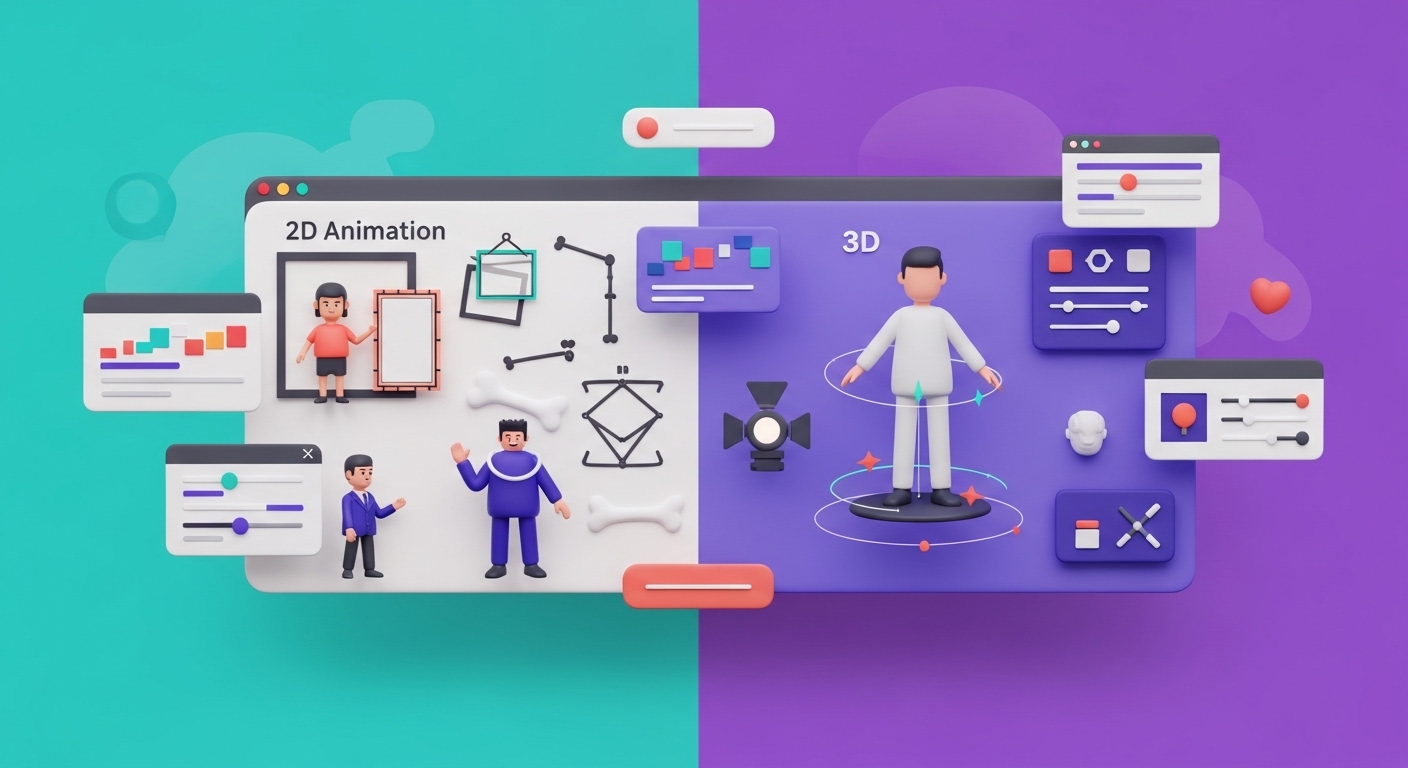As you browse Instagram, you stop because something catches your eye: the colors pop, the text is arranged perfectly, the design just seems to have a good aesthetic. Your thoughts come to one conclusion: “I wish I could do that!”
Guess what? You can!
Eye-catching designs aren’t magic: they are built upon principles that can be learned, tools that can be accessed, and techniques that are smart.
Whether you’re a small business owner, a marketer, or a design fan, this guide will provide you with the tools to turn your major ideas into scroll-stopping visuals. From color psychology to low-cost and free tools, you’ll learn how to create designs that inspire, engage, and convert.
Are you ready to create your vision? Let’s get started!
TL;DR
- Graphic design is not about “talent” or “magic” it’s about using principles such as balance, contrast, and hierarchy with the right tools.
- Anyone who is just beginning can create great designs by following some basics, choosing nice colors and fonts, keeping things simple in layout and design, and organizing your design according to the platform you are using.
- Whether you choose to use free tools such as Canva or more sophisticated tools such as Photoshop, just about anyone can design graphics that can stand out, tell a story, and engage.
What is Graphic Design?
Graphic design is the art of shaping or developing an idea with visual elements and verbal elements. Graphic design can therefore be considered a method of communication that takes advantage of typography, imagery, color, and layout to qualify and communicate meaning.
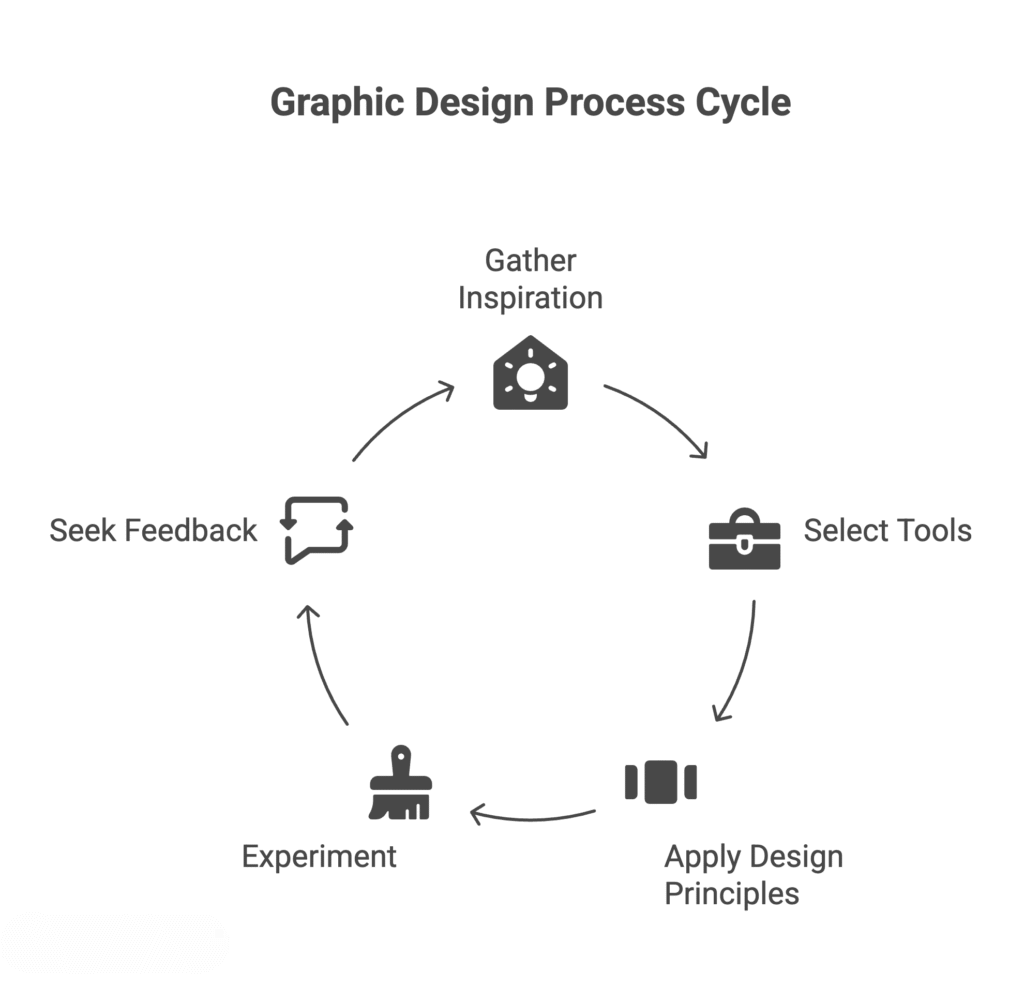
Good graphic design fulfills several tasks
- Transmits information clearly and effectively
- Grabs attention and engages people
- Establishes brand recognition and trust
- Influences behavior and emotions
- Creates iconic visual experiences
Understanding the Basics of Graphic Design
It is essential to understand the basics of graphic design before getting into the nitty-gritty of making graphics for blog posts. The principles serve as the building blocks for designing good-looking and effective designs.
Balance
Balance is the arrangement of visual weight in a design. It may be symmetrical (equal weight on either side), asymmetrical (unequal weight but still balanced), or radial (elements spreading from a center point). A balanced design is stable and harmonious.

Contrast
Contrast is the variation in the visual elements of color, size, shape, and texture. It is used to add visual interest, draw attention to important elements, and enhance readability.
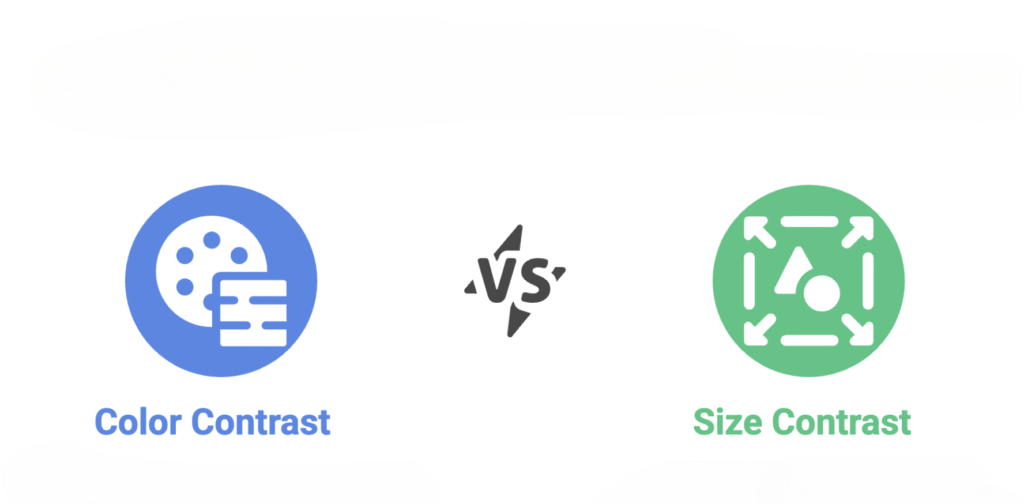
Emphasis
Emphasis is employed to bring focus to particular elements within a design. This may be done using size, color, placement, or other visual devices. The intention is to have a focus point which leads the viewer’s eye.
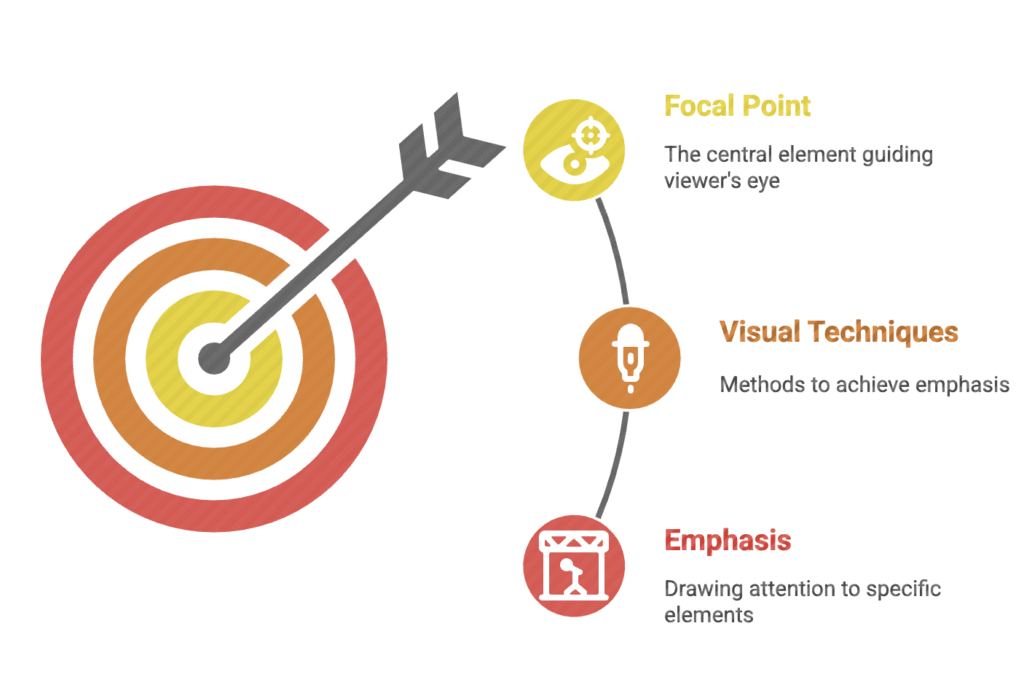
Proportion
Proportion is concerned with the relative size and scale of various elements in a design. Effective proportion brings about a sense of balance and harmony.
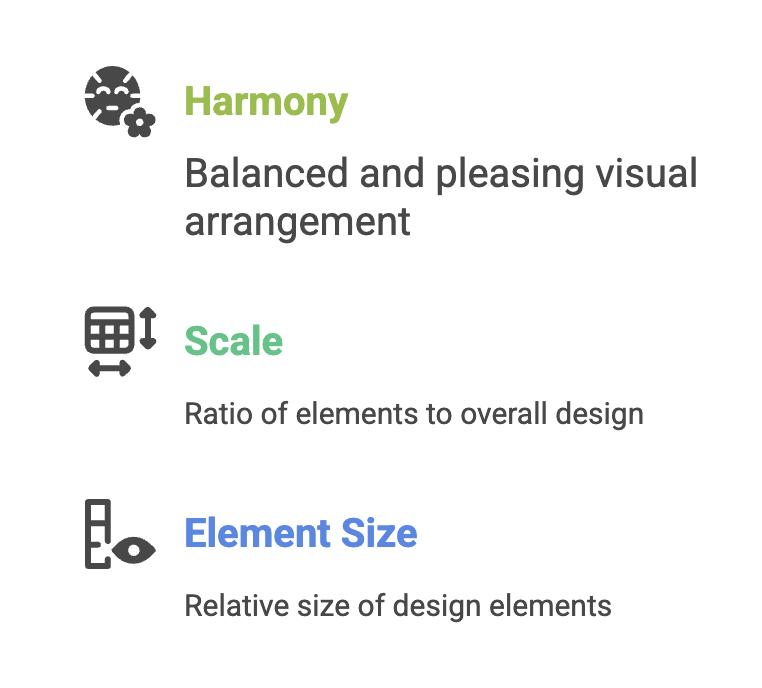
Rhythm
Rhythm refers to the repetition in vision to create a sense of movement and visual flow. It is established by repeating colors, shapes, or patterns.
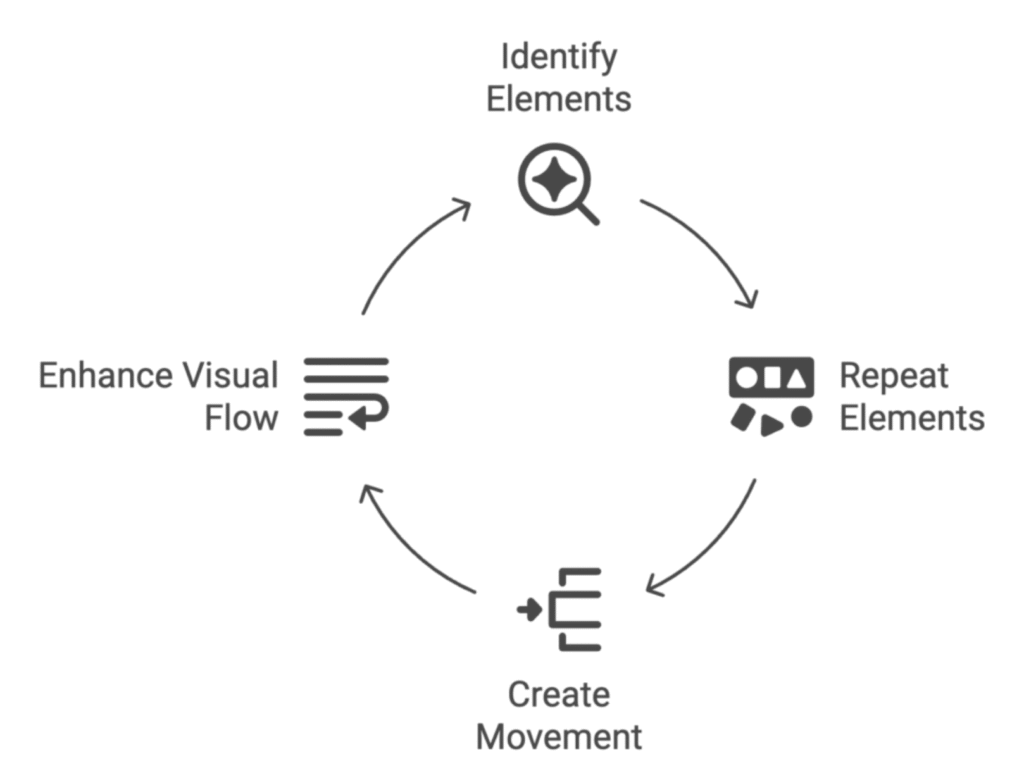
Unity
Unity is the feeling that everything in a design is working together to create one cohesive whole. It’s achieved by using similar colors, fonts, and style.
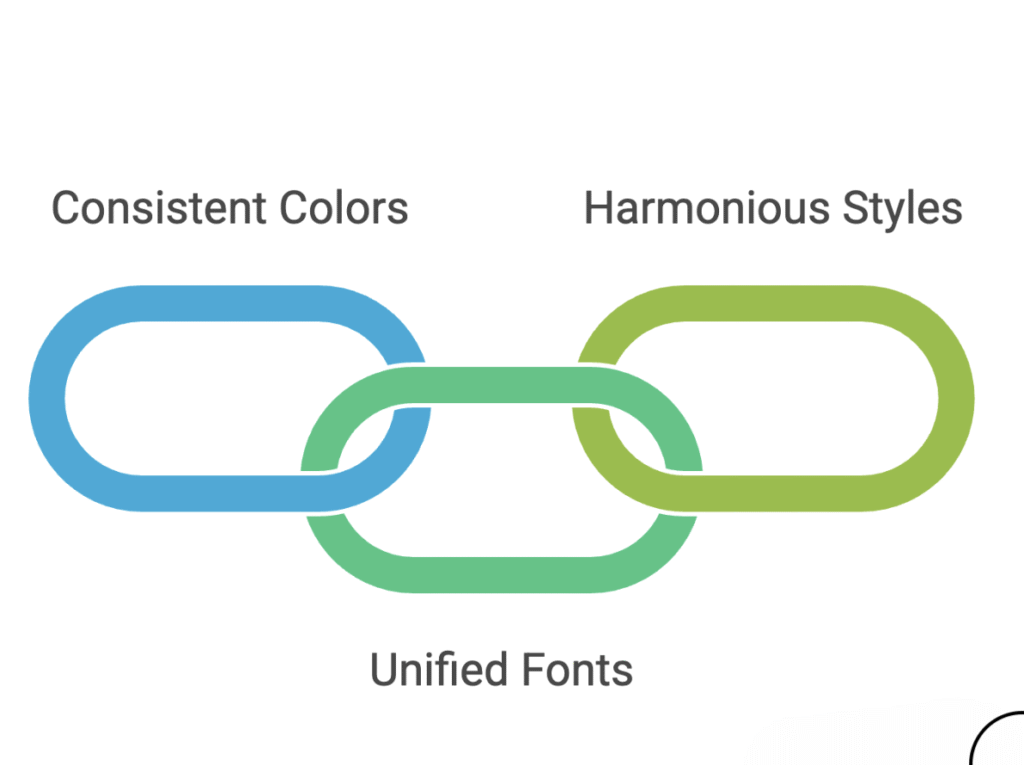
Now let’s go over how to create graphics
Creating Graphics designs
Establish Purpose and Audience
Before you start designing, you need to know what the graphic is for, and the audience. What’s the message? What does the audience want? Knowing your audience can clarify what you want to provide for them.

Idea Generation and Inspiration
Once you understand your purpose and audience, brainstorm ideas for your graphic. Look for ideas from other blog posts, websites, and social media for potential inspiration. Look for graphic designs that stand out to you. Note what you like and consider how you might incorporate those ideas.

Choose Your Tools
There are a number of applications available for graphic design work. Ranging on a spectrum from free and easy to professional grade, here are some popular options:
- Canva: A simple online design program that provides a variety of templates and design elements. Great for beginners and those who need quick graphics.
- Adobe Photoshop: A powerful image editor with advanced features and customization options. Ideal for experienced designers who want precise control over all aspects of their designs.
- Adobe Illustrator: A vector graphics editor that is used for creating logos, illustrations and other graphics that can be scaled.
- GIMP: A free and open-source image editor that has many of the same features as Photoshop.
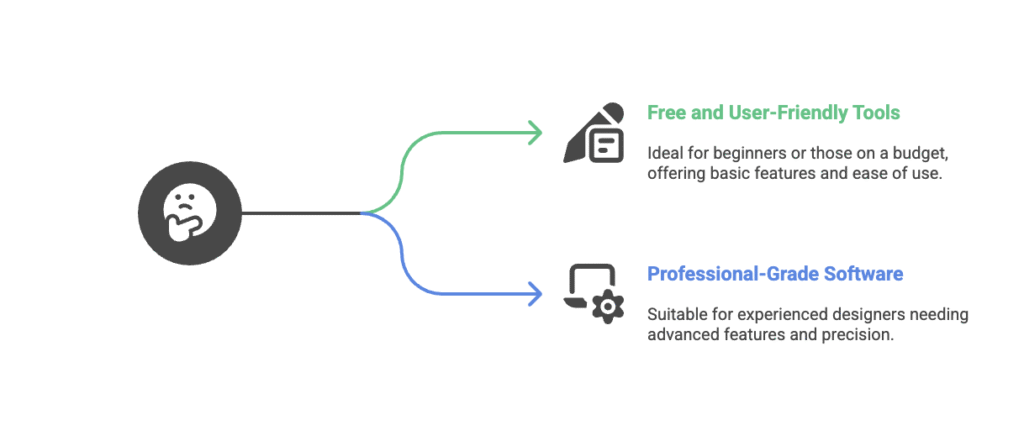
Choose a Color Palette
Colors are important for conveying emotions and making a visual statement. Choose a color palette that works with your brand and the message you want to send. Using a color wheel or online color palette generators, you can also find complementary, and harmonious colors to work with.
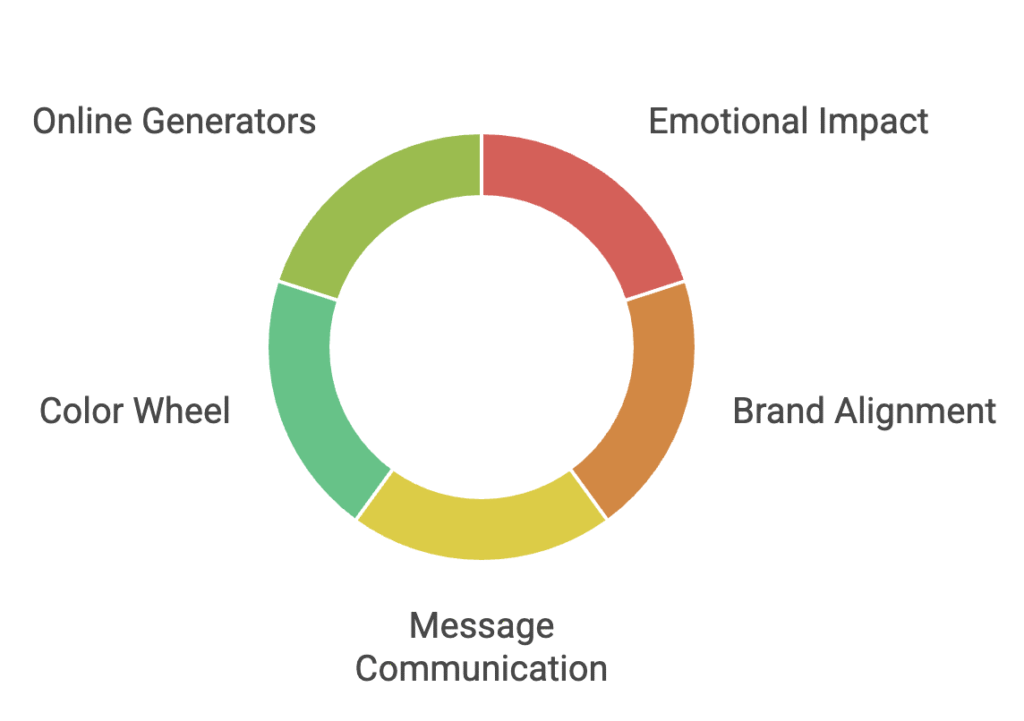
Choose Fonts Carefully
Fonts are vital for making reading effective, and the graphics design as a whole aesthetically pleasing. When you choose fonts, select fonts that are readable, and complement your color palette, and the design style. Limit yourself to two or three fonts; otherwise it can overwhelm the viewer.
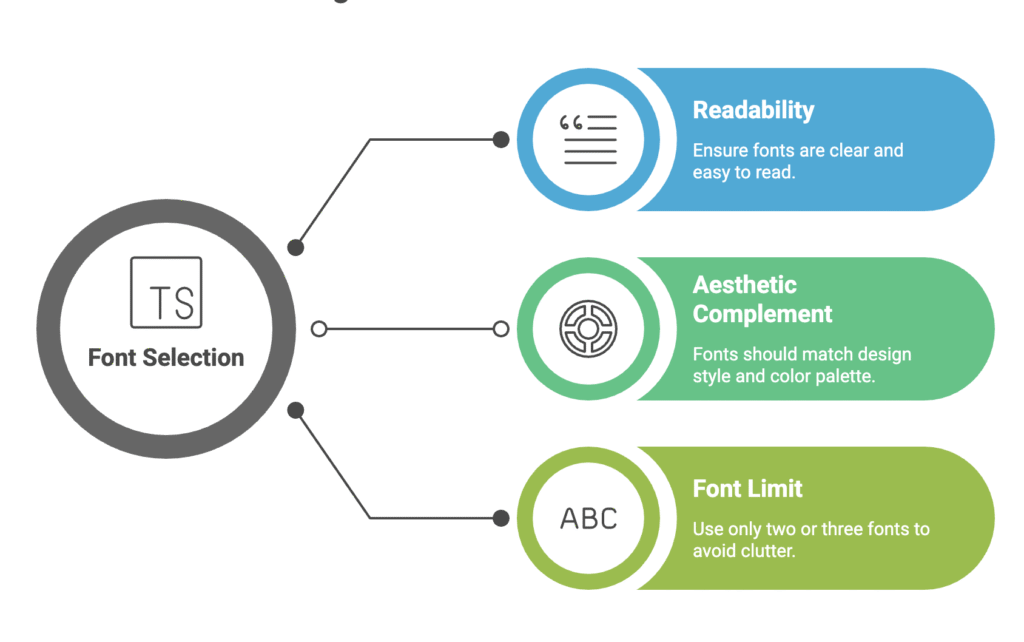
Create a Visual Hierarchy
Use visual hierarchy to guide the viewer through your graphic. Create the most important elements, the largest and most prominent. Create contrast with other elements in the graphic to place emphasis on key information.
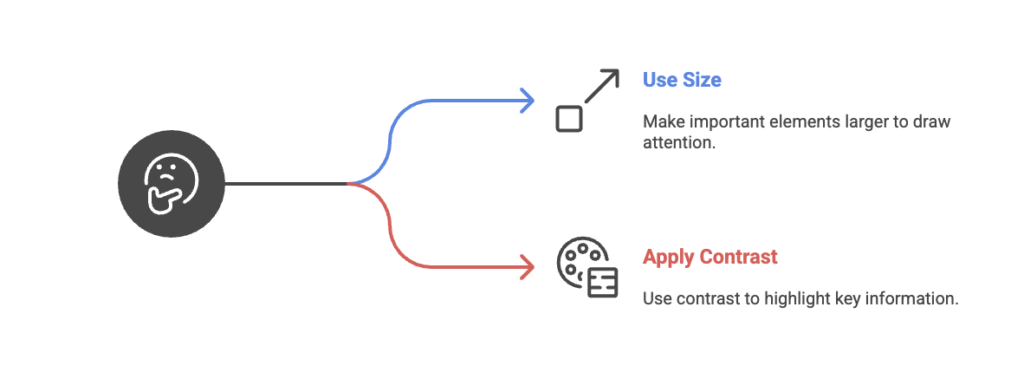
Use High-Quality Images and Graphics
For professional look, only to use high-resolution images and graphics. Using blurry or pixelated images is not acceptable.
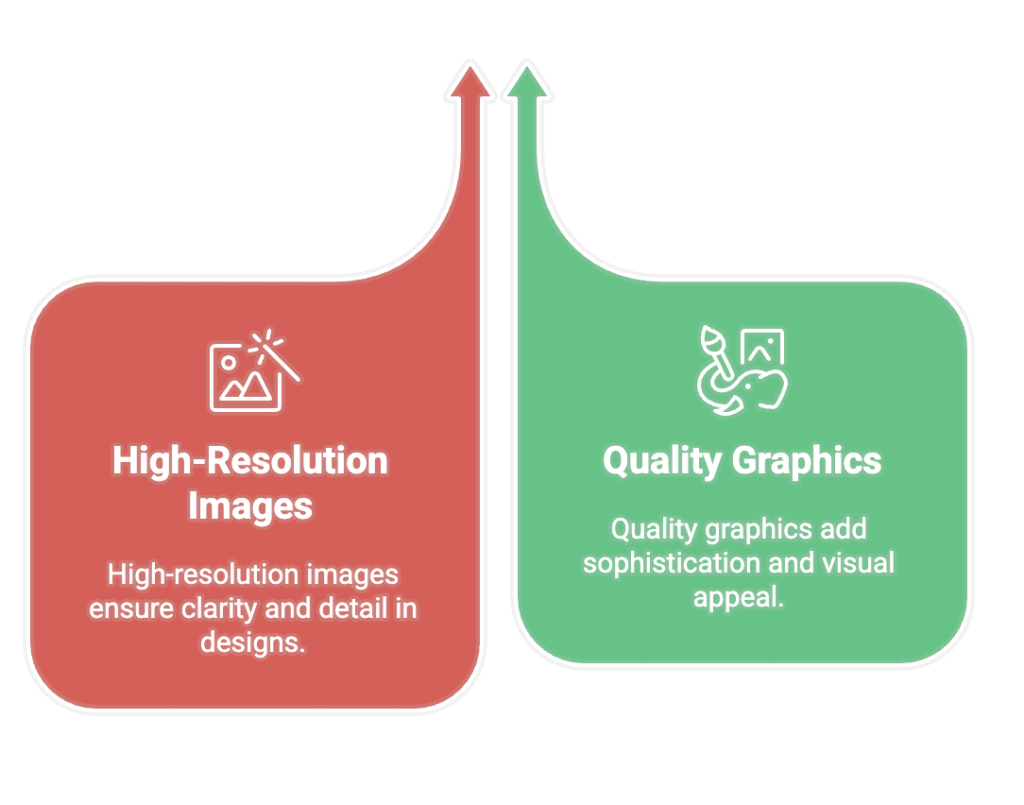
Keep It Simple
Avoid filling your graphic with too many things. A clean and simple design is generally better than an over-complicated one. Focus on getting your message across clearly, and concisely.
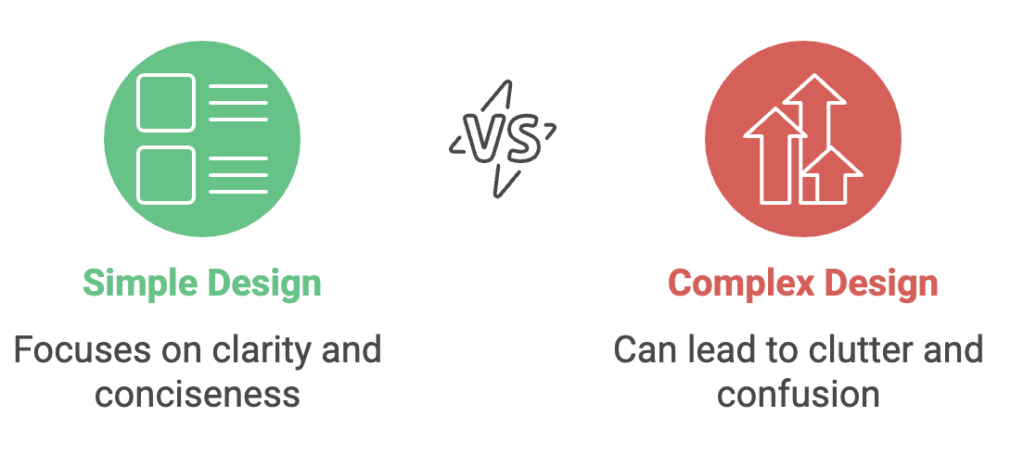
Customize for Different Platforms
If you’re going to be sharing your graphic on social media, you’ll want to ensure that you’re customizing the size and specifications for each specific platform.

Get Feedback and Improve
Once you create your graphic, get some feedback from other people and make improvements to your design regarding their feedback. You will make a better design and potentially be more effective.
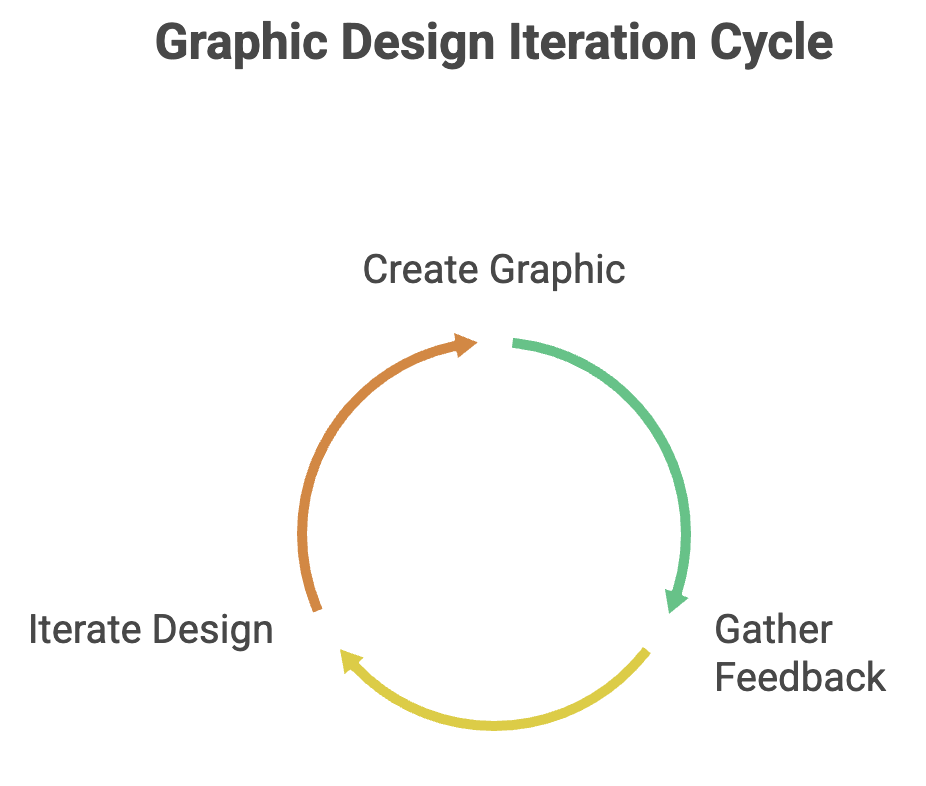
Tips for Creating Engaging Graphics
Here are some additional tips to help you create engaging graphics:
- Visual Storytelling: Try to tell a story with your graphic. Use images, illustrations, and text to create a narrative that will grab the viewer’s attention.
- Data Visualization: If you are presenting data, try to use charts, graphs, and infographics to make the data more visually appealing and easier to digest.
- Motion: If possible, use animation or video with your graphic to make it more engaging and dynamic.
- Humor: If appropriate, use humor to make your graphic more memorable (and shareable).
- Urgency: Use words like “now,” “today,” and “limited time” to give your graphics a sense of urgency to get the viewer to take action.
Conclusion
Great design isn’t just decoration, it’s a growth engine for startups. With the right visuals, your brand builds trust, grabs attention, and converts faster.
Ready to supercharge your startup with designs that work as hard as you do? Try Design Shifu’s unlimited graphic design service today get your first design request rolling in less than 24 hours!
FAQs
1. Do I need expensive software to start graphic design?
Not at all. Beginners can start with free tools like Canva or GIMP, and move to professional software like Adobe Photoshop or Illustrator later.
2. How many fonts should I use in one design?
3. What size should I use for social media graphics?
4. What colors should I choose for my design?
5. How do I make my designs stand out?
6. Can I use stock images in my graphics?



